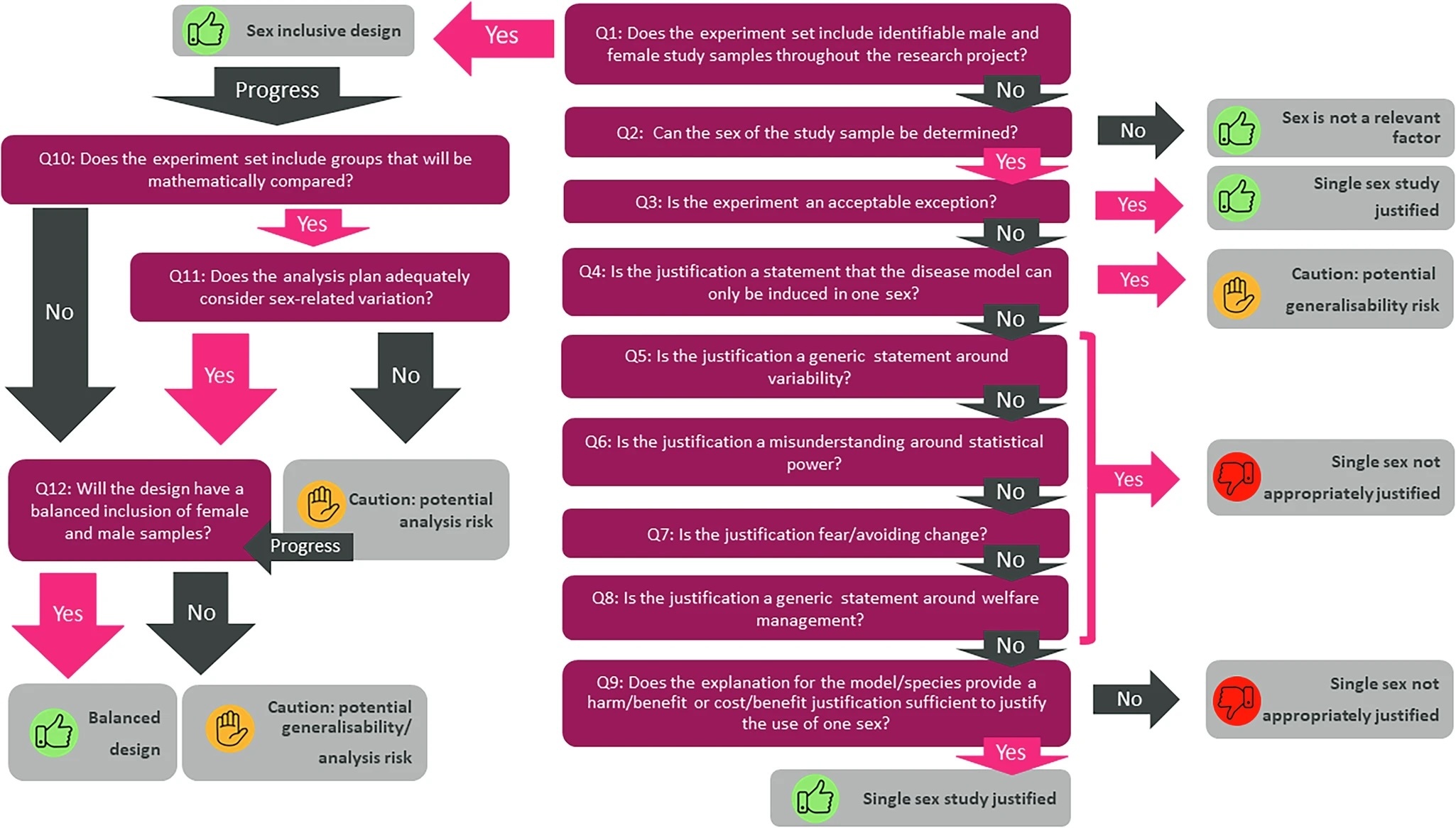Expression of the gene Map3k4 has rescued testes development in mice with a type of sex reversal, demonstrating the important role this gene plays in directing the development of the gonads
Sex reversal defect explained Expression of the gene Map3k4 has rescued testes development in mice with a type of sex reversal, demonstrating the important role this gene plays in directing the development of the gonads. Switching sex: Gonads of female (far left) and male (second from left) mice, compared to a sex reversed male (second from right) and a sex reversed male with Map3k4 expression (far right) Sex reversal can occur in both humans and mice. The most common human condition, 46, XY gonadal dysgenesis, is a disorder of sexual development (DSD) that in chromosomal males can result in female genitalia and a complete absence of testes. Similarly, XY mice with a deletion on chromosome 17, called hairpin-tail (Thp), develop ovotestes or ovaries instead of testes – a phenomenon known as T-associated sex reversal (Tas). MAPK signalling, consisting of a network of enzymes that can activate or inhibit different cellular processes, has previously been implicated in human sex determination and DSD. In mice, MAPK signalling is known to be required for the development of testes – embryos lacking one enzyme, MAP3K4, are sex reversed. However, although it was known that Map3k4 resides within the Thp deletion, it was not clear whether reduced Map3k4 expression causes T-associated sex reversal. To test this, the Molecular Genetics of Sexual Development group, led by Andy Greenfield, used bacterial artificial chromosomes to add extra copies of Map3k4 to mice with the Thp deletion. This resulted in the re-establishment of gene expression patterns that had been disrupted in the Thp deletion mice. They discovered that this eliminated the male-to-female sex reversal. Mice treated showed no signs of the disorder, and developed testes rather than ovotestes or ovaries. To investigate exactly how the expression of Map3k4 brought about this change, they studied the expression of Sry, a key gene on the Y chromosome that controls the development of the embryonic gonads into testes. Sry expression in the gonads was low in the mice with T-associated sex reversal but was increased due to the boost in Map3k4 expression. They therefore concluded that Map3k4 drives the development of male sex organs by regulating the expression of Sry. Overall, this research has revealed that Map3k4 is a key player in determining sex in mice, and that its expression is essential for correct sexual development. Since MAPK signalling has been associated with the human condition 46,XY gonadal dysgenesis, this mouse model could also be crucial for understanding sex determination and DSDs in people. “We were part of a study back in 2010 that established the existence of mutations in a gene called MAP3K1 in humans with a condition known as 46,XY gonadal dysgenesis – the development of XY individuals as females,” explained Andy Greenfield. “To understand the basis of this sex reversal, we need mice that model this phenomenon. “Tas mice, which sex reverse due to a chromosomal deletion, are an excellent model and our work with Map3k4 shows how gene dosage can be important in controlling testis determination in mice and humans. We can now study the causes of sex reversal in more detail and hopefully explain other examples of XY sex reversal and related disorders in humans.” Warr, N. et al. (2014) Transgenic expression of Map3k4 rescues T-associated sex reversal (Tas) in mice. Human Molecular Genetics.



